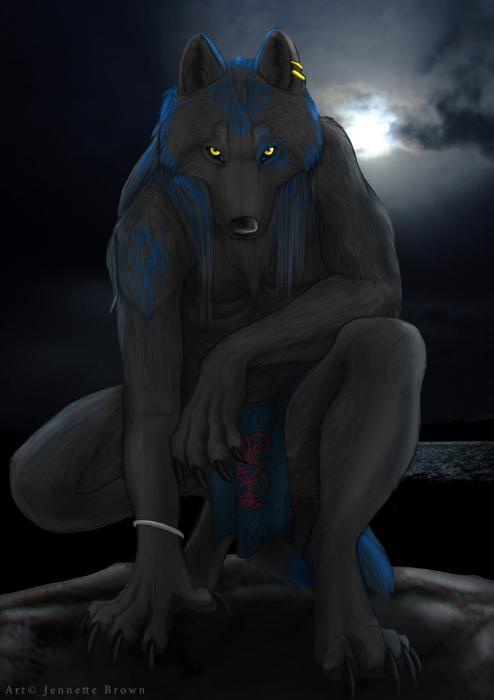Coyote

Glenn Robinson
Latest posts by Glenn Robinson (see all)
- US history condensed into a single photo from #StandingRock - February 15, 2017
- Wiyot people - March 18, 2016
- NeoIndigenA by Semiah Kahawi Smith - January 18, 2016
See on Scoop.it – 500 Nations
Coyote is a Trickster Figure and a symbol in Native American Culture and oral tradition…
The Coyote based on the coyote (Canis latrans) animal. This character is usually male and is generally anthropomorphic although he may have some coyote-like physical features such as fur, pointed ears, yellow eyes, a tail and claws.
He is a ubiquitous being and can be categorized in many types. He has also the ability of the transformer: in some stories he is a handsome young man; in others he is an animal; yet others present him as just a power, a sacred one…
The legends which include Coyote vary widely from culture to culture…
Among the Pueblo tribes, the coyote was believed to have hunting medicine. Zuni hunters kept stone effigies of coyotes as one of their six hunting fetishes, associating coyotes with the west and the color blue.
In many Wasco legends, Coyote rivals the Raven (Crow) about the same ordeal: in some stories, Multnomah Falls came to be by Coyote’s efforts; in others, it is done by Raven.
More often than not Coyote is a trickster, but he is always different.
In some stories, he is a noble trickster,
“Coyote takes water from the Frog people… because it is not right that one people have all the water.”…
In others, he is mean, “Coyote determined to bring harm to Duck. He took Duck’s wife and children, whom he treated badly….”…
Coyote as a Trickster is very difficult, if not impossible, to define. According to S.E. Schlosser of ‘Tricksters: Native American Trickster Tales and other Trickster Folklore’:
“A Trickster is a mischievous or roguish figure in myth or folklore who typically makes up for physical weakness with cunning and subversive humor.
The Trickster alternates between cleverness and stupidity, kindness and cruelty, deceiver and deceived, breaker of taboos and creator of culture.”
The website “American Passages – Unit 8. Regional Realism: Context Activities” has this to say to add to the discussion of a Trickster definition:
“Characterized by paradox, duality, cleverness, shape-shifting, duplicity, and a knack for survival, trickster figures are appealing in their ability to assert their individuality and shatter boundaries and taboos…
Native American trickster tales are similarly interested in the inversion of social norms and the breaking of boundaries; their tales of Coyote and other supernatural characters celebrate the trickster as simultaneously vulgar and sacred, wise and foolish, but always surviving…
The identity of the trickster continues to resonate in Native American culture today…Coyote embodies the duality and flexibility of contemporary Indian culture, figuring both resistance and strategic accommodation to Euro-American culture.”
Coyote was a Fire-Bringer
In Native American lore, Coyote was a fire-bringer and teacher, much like Prometheus in Classical Greek mythology. Tribe after tribe told tales of Coyote stealing fire from hostile beings for the benefit of humanity. In one tale, originally from the Karuk tribe of northern California, Coyote steals fire from the Three Fire Beings (called the Yellowjacket Sisters in some versions). He then passes the fire off to various other animals in a sort of impromptu relay-race to stay ahead of the angry fire beings, until the fire is trapped in a tree or piece of wood. Coyote then teaches humans how to make fire by rubbing two sticks together.
More:
Post Image: http://bit.ly/ZHNtSU
See on eng254project.webs.com
